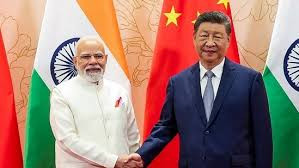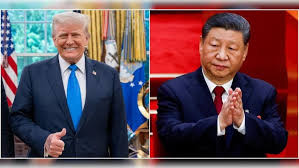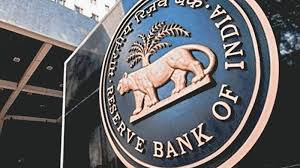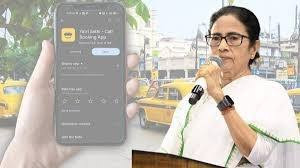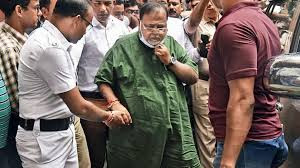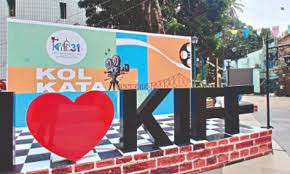“PM Jan Dhan Yojana: A Decade of Financial Inclusion and Direct Benefit Transfers”
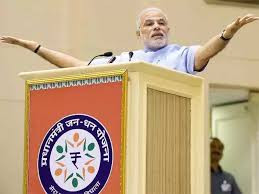
IIE DIGITAL DESK : The Pradhan Mantri Jan Dhan Yojana (PMJDY), launched on August 28, 2014, has emerged as a cornerstone of India's financial inclusion strategy, aiming to provide universal access to banking services and ensure that every household, particularly the marginalized, could participate in the formal financial system.
Over the past decade, PMJDY has facilitated the opening of over 56.2 crore bank accounts, a nearly four-fold increase from March 2015. This expansion includes 37.5 crore accounts in rural and semi-urban areas and 18.7 crore in urban regions. Women hold 56% of these accounts, highlighting the scheme's emphasis on gender inclusion.
The total balance in PMJDY accounts stands at Rs 2.68 lakh crore, a 17-fold increase since 2015. Additionally, over 16.2 lakh bank mitras (business correspondents) deliver banking services in remote areas, ensuring that financial services reach even the most underserved populations.
One of the significant achievements of PMJDY is its role in streamlining Direct Benefit Transfers (DBT), ensuring that subsidies and relief payments reach beneficiaries without intermediaries. During critical periods like demonetisation and the COVID-19 crisis, PMJDY accounts facilitated rapid financial support, underscoring the scheme's resilience and efficiency.
When PMJDY was launched, approximately 7.5 crore households did not have bank accounts. By 2018, household-level saturation was achieved, and the focus shifted to covering all adults with bank accounts. According to the World Bank’s Findex report, account ownership in India increased to 89% for individuals aged 15 years and older by 2024. The National Sample Survey (NSS) 2022-23 states that 94.65% of adults in the country own a bank account.
The scheme has also promoted digital transactions through RuPay cards, with over 38.7 crore RuPay cards issued. PMJDY accounts are being used not only for receiving DBT but also for savings and to provide access to micro-insurance and investment products.
Today, 99.9% of all inhabited villages have a banking outlet (branch, business correspondent, or India Post Payments Bank) within five kilometres. This expanded banking network has helped extend life and accident cover (Jan Suraksha) of Rs 2 lakh through the Pradhan Mantri Jeevan Jyoti Bima Yojana (PMJJBY) and the Pradhan Mantri Suraksha Bima Yojana (PMSBY). An increasing number of people working in the unorganised sector are now able to get much-needed financial security by enrolling in Jan Suraksha schemes.
The growth of Unified Payments Interface (UPI) and digital transactions can also be attributed to the large number of PMJDY accounts. With an increase in average balances in Jan Dhan accounts, the PMJDY ecosystem can be expanded to facilitate investments. Artificial intelligence and natural language processing can help in voice-based transaction authorisations, eliminating the need for smartphones or internet connectivity. This has facilitated innovations in e-commerce with fast and reliable delivery systems in Tier 4 and Tier 5 centres.
As PMJDY enters its 12th year, the focus is on sustaining and expanding its impact. The government has launched a financial inclusion saturation drive, and banks are organising camps to update Know Your Customer (KYC) details, open new accounts, and promote micro-insurance and pension schemes. They are also working to reduce inactive accounts under PMJDY.
PMJDY stands as a testament to the power of inclusive financial systems in transforming lives, fostering economic growth, and promoting social equality. Its achievements over the past decade underscore the importance of accessible banking services in empowering individuals and communities across India.
You might also like!


